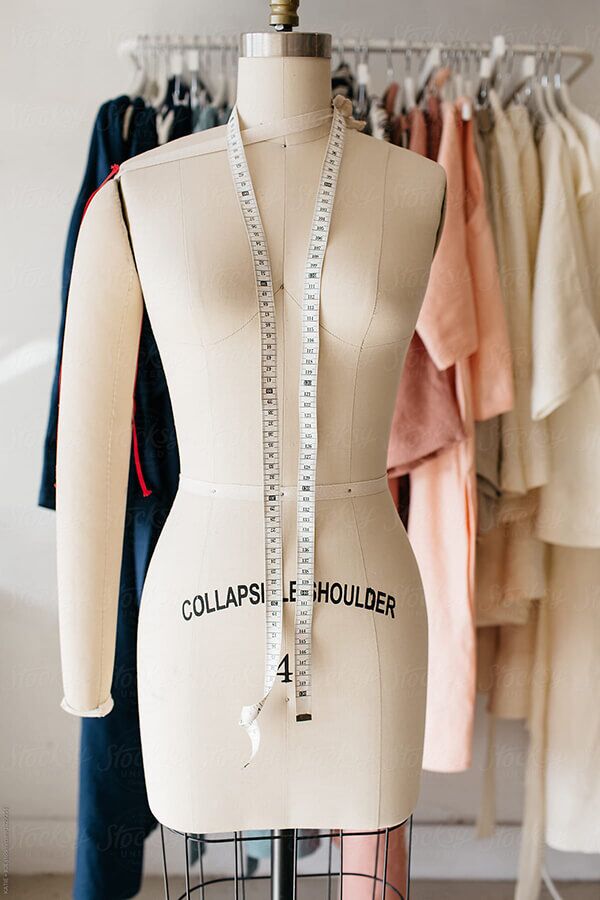nalysis Projects
Students in online fashion styling programs work on trend analysis projects, allowing them to apply forecasting techniques to real-world scenarFashion is a dynamic and ever-evolving industry where staying ahead of trends is crucial for success. For students in fashion styling online courses or pursuing a diploma in fashion designing, mastering trend forecasting and analysis is key to building a successful career. In this blog, we’ll explore the importance of trend forecasting, the methods used to predict fashion trends, and how these skills are integrated into online fashion styling programs.
The Importance of Trend Forecasting in Fashion
Trend forecasting is the process of predicting future fashion trends based on various factors such as cultural shifts, societal changes, historical influences, and consumer behavior. It is an essential skill for fashion stylists, designers, and industry professionals because it informs product development, marketing strategies, and overall brand direction.
In the fast-paced world of fashion, trends can emerge quickly and fade just as rapidly. Trend forecasting helps fashion professionals anticipate what will be popular in the coming seasons, allowing them to make informed decisions about design, styling, and production. This foresight is crucial for staying relevant and competitive in the industry.
Methods of Trend Forecasting
Trend forecasting involves a combination of art and science. Forecasters use a variety of methods to predict future trends, drawing from both qualitative and quantitative sources. Here are some common approaches to trend forecasting:
1. Cultural Analysis
Forecasters analyze cultural movements, art, music, movies, and other forms of media to identify emerging trends. This analysis helps them understand how cultural shifts influence fashion preferences.
2. Consumer Behavior
Studying consumer behavior provides valuable insights into what people are buying, wearing, and seeking in fashion. Forecasters track purchasing patterns, social media trends, and feedback from fashion shows to gauge consumer interest.
3. Historical Trends
Fashion is cyclical, with trends often repeating over time. Forecasters look at historical data to identify patterns and predict when certain styles might make a comeback.
4. Global Influences
Fashion is a global industry, and trends can emerge from anywhere in the world. Forecasters monitor international fashion weeks, street style, and global events to understand how different cultures influence fashion trends.
5. Technology and Innovation
Technology plays a significant role in shaping fashion trends. Forecasters consider advancements in textiles, production techniques, and digital platforms to predict how technology will impact future fashion.
Integrating Trend Forecasting into Online Fashion Styling Programs
Online fashion styling programs and diploma in fashion designing courses are incorporating trend forecasting and analysis into their curricula to prepare students for the demands of the industry. Here’s how these programs integrate trend forecasting into their teaching:
1. Industry Insights
Online fashion styling programs often feature guest lectures and industry insights from experienced professionals. This exposure gives students a firsthand look at how trend forecasting is used in the real world and provides valuable networking opportunities.
- Trend Aios. These projects help students develop their analytical skills and gain practical experience.
3. Access to Fashion Resources
Online programs often provide access to fashion resources, such as trend forecasting reports, fashion magazines, and digital platforms. This access allows students to stay current with the latest trends and understand how professionals use these resources to predict future fashion.
4. Collaboration and Networking
Collaboration is a key aspect of fashion styling. Online programs encourage students to collaborate on projects and engage with industry professionals. This collaborative approach fosters creativity and helps students develop a deeper understanding of trend forecasting.
The Role of Social Media in Trend Forecasting
Social media has become a powerful tool for trend forecasting in the fashion industry. Platforms like Instagram, Pinterest, and TikTok provide a real-time view of what people are wearing and sharing. Here’s how social media influences trend forecasting:
1. Influencer Impact
Social media influencers play a significant role in shaping fashion trends. Forecasters monitor influencers to identify emerging styles and gauge their popularity among consumers.
2. Viral Fashion Trends
Viral trends can emerge quickly on social media, driving consumer interest and impacting fashion choices. Forecasters track these trends to understand what resonates with the public and predict their longevity.
3. User-Generated Content
Social media platforms are filled with user-generated content, providing a wealth of data for trend forecasting. Forecasters analyze this content to identify patterns and gain insights into consumer preferences.
Conclusion
Trend forecasting and analysis are essential skills for anyone pursuing a career in fashion styling or fashion design. Online fashion styling programs and diploma in fashion designing courses are equipping students with the tools and knowledge needed to stay current in a rapidly changing industry. By understanding cultural influences, consumer behavior, historical patterns, and the impact of technology, students can develop a keen sense of trend forecasting that will serve them well in their careers. With the integration of trend analysis projects, industry insights, and collaboration opportunities, these programs are preparing the next generation of fashion professionals to thrive in the ever-evolving world of fashion.

